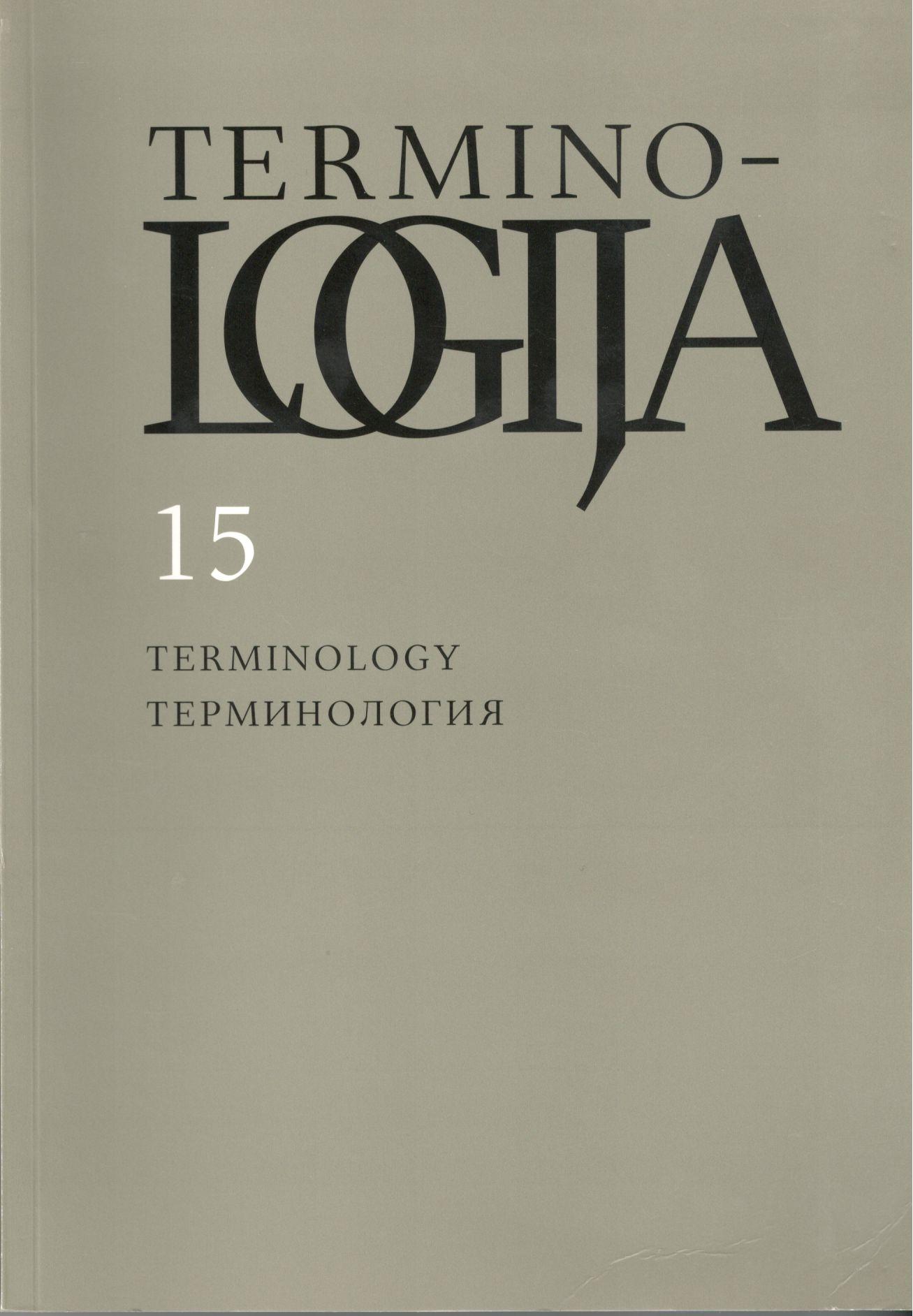Keletas atgaivintų Lauryno Ivinskio augalų vardų
Revival of certain plant names created by Laurynas Ivinskis
Author(s): Albina AuksoriūtėSubject(s): Language and Literature Studies, Lexis, Descriptive linguistics, Baltic Languages, Philology
Published by: Lietuvių Kalbos Institutas
Keywords: terms of natural sciences; plant names; motivation; derivation; neologism;
Summary/Abstract: Since 2002 the Terminology Sub-commission of the State Commission of the Lithuanian language has together with botanists been discussing and agreeing on Lithuanian names to give to plants which have previously not been named in Lithuanian. The majority of such plants are newly introduced to Lithuania. It was noted that some of them were already named by Laurynas Ivinskis in one of his most important scientific works Prigimtūmenė (Nature); therefore the decision was taken where possible not to create new names, but to adopt names proposed by Laurynas Ivinskis. This article analyses 58 names of genera of plants, taken from Prigimtūmenė by Laurynas Ivinskis.Less than half of the names of genera of plants created by Laurynas Ivinskis are neologisms with clear motivation, for instance alksnotis (Clethra), grėsvis (Kalmia), mėlūnis (Dianella), smuikainis (Citharexylum), sulpėtras (Calyptrocalyx), širmonis (Aletris), uogminys (Uvularia), viršūklis (Terminalia), vytmenys (Abelia), žibėtras (Aeschynomene) and more than one third of neologisms have unclear word formation and motivation, for instance duršvas (Cotyledon), eikras (Tibouchina), elkras (Umbilicus), jostras (Plumeria), kolūnis (Petrea), labūstras (Cabomba), liesmuo (Onosma), nuolaisis (Aphyllanthes), salksnas (Cornutia), sanūtras (Guarea), spingras (Sesuvium), spūglas (Pernettya), sūblas (Exacum), sumbras (Elaeodendron), ūgras (Comptonia), vaiklas (Glaucium).It is possible to trace the word formation pattern of one sixth of the names created by Laurynas Ivinskis, though their motivation is unclear, for instance dirktas (Amsonia), gairuvas (Cantua), imšas (Conospermum), mėklainis (Mimusops), plienumas (Narthecium), raivė (Pachira), ringotis (Canella), skaburas (Hippocrepis), skerstenis (Cheilanthes).Little by little, neologisms in Prigimtūmenė (Nature) are being revived and put into use; thereby the effort of Laurynas Ivinskis to create Lithuanian names of plants was not made in vain.
Journal: Terminologija
- Issue Year: 2008
- Issue No: 15
- Page Range: 132-141
- Page Count: 10
- Language: Lithuanian

